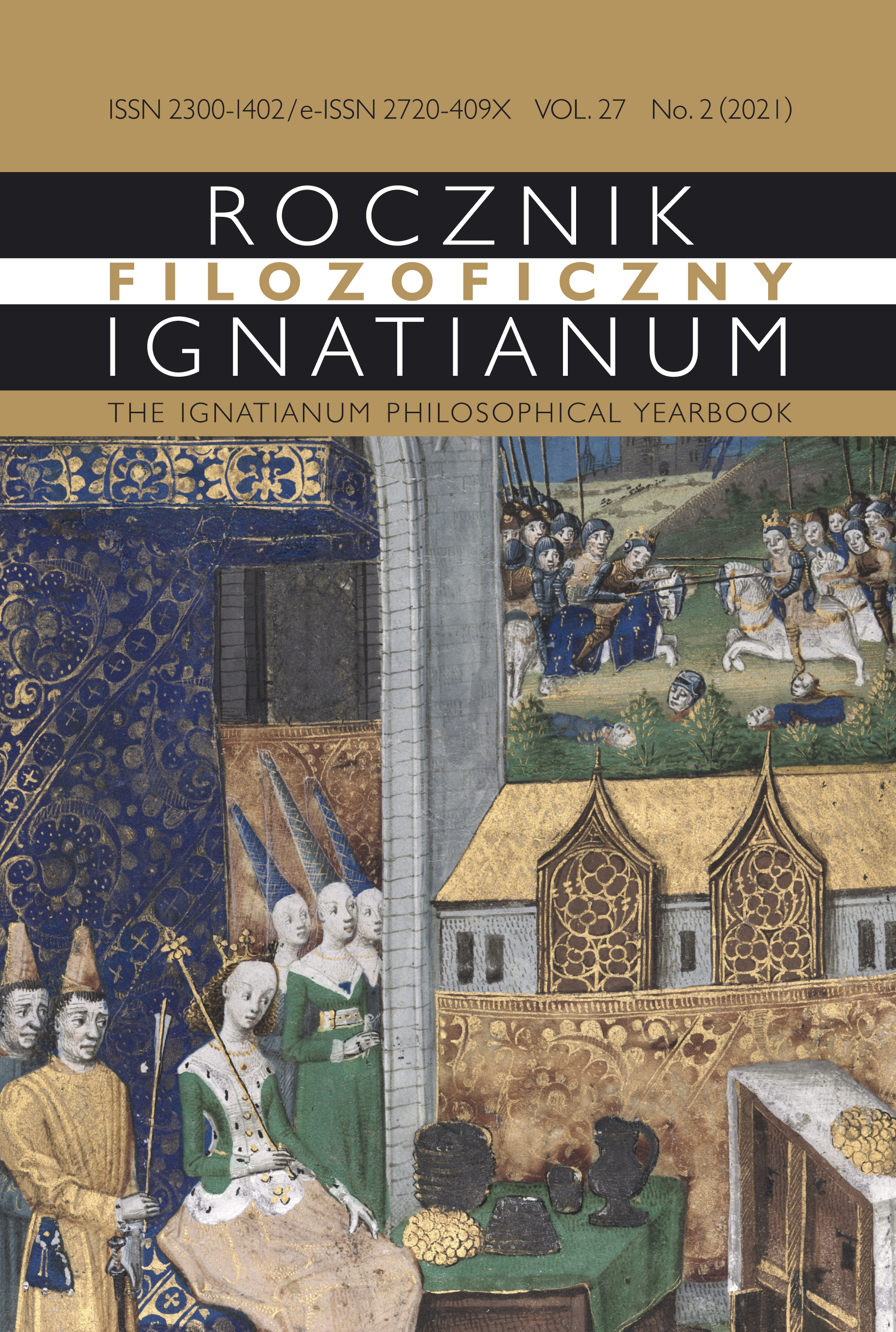Noël Coypel’s educational journey to Rome at the end of 1672 and the beginning of 1673
Abstract
The aim of this article is to present the circumstances of Noël Coypel’s appointment as rector of the French Academy in Rome and to trace the route of his didactic journey from Paris to Rome with the Prix de Rome scholars entrusted to him. The paper is an attempt to answer the following questions: why a more difficult route through the Alps was chosen (and not, for example, a river and sea route), in what way was the journey educational, and what role did the documents given to Coypel play in securing the expedition.
The article is based on an analysis of administrative records during the reign of Louis XIV, lists of superintendents and directors of the French Academy in Rome, accounts of royal buildings, and minutes of the Royal Academy of Painting and Sculpture in Paris. The paper uses the analytical method, the comparative method, the synthetic method, source criticism, argumentum ex silentio inference, and the geographical method when discussing the itinerary.
Although the trip was purposeful and related to Coypel’s new position, he designed it in such a way as to not so much get to the destination quickly, but to show his students as much as possible. Coypel introduced the royal scholars to masterpieces of painting and sculpture at centers along a route through Dijon, Lyon, Chambéry, the Mont Cenis Pass, Turin, Milan, Bologna and Florence. The crossing of the Alps, though dangerous, was most often chosen because of the artistic reputation of the cities there. The trip was educational at the expense of comfort or safety. Coypel, as a guide and teacher (paidagōgós – παιδαγωγός) led his charges by overseeing their learning during and through the journey. Wandering to the Eternal City was part of a painter’s education (paideía – παιδεία) in the seventeenth century and was part of Coypel’s didactic work allowing young people to be inspired by direct exposure to masterpieces. The journey had an eminently didactic and artistic character, but also an initiatory one, as it gradually initiated and prepared the students for the experience of Rome, the center of artistic life at that time.
Copyright (c) 2021 Jesuit University Ignatianum in Krakow

This work is licensed under a Creative Commons Attribution-NoDerivatives 4.0 International License.
The Yearbook only accepts materials for publication that are free of all conflicts of interest, and that in no way involve conflicts over authorship, copyright, etc. The Editors will take action against any cases of plagiarizing, ghostwriting1, guest/honorary authorship2, etc. Where co-authored work is concerned, the Author listed first is expected to take responsibility for the submission, and is required to make clear the contributions of all of the Co-Authors involved. In the event of the publication owing its existence to funding dedicated to this purpose, this fact should be made clear: e.g. in any note of thanks/acknowledgement, or in a footnote, etc. Explicit notification should be given of any form of reprinting, with the appropriate evidence of permission to publish being furnished as required. Any impropriety on the part of Authors/Reviewers risks exposing them to appropriate responses from the relevant institutions.
______
1 This term refers to instances of a person who has made an essential contribution being omitted from the list of authors, or from notes conveying gratitude and/or acknowledgement.
2 This occurs when a person who has made either an insignificant contribution or no contribution at all nevertheless appears on the list of authors.





